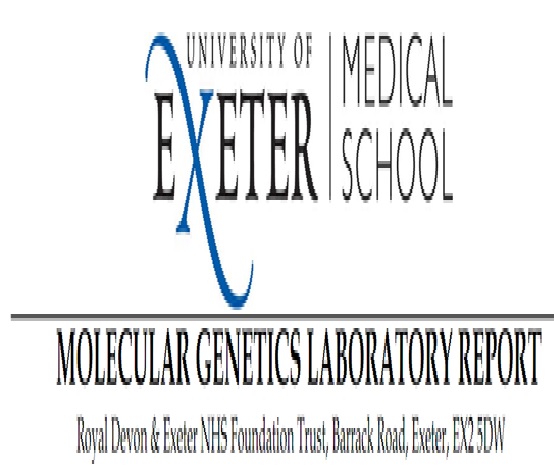A Rare Case Report of Neonatal Diabetes Mellitus
Abstract
Neonatal diabetes mellitus (NDM) is a rare form of diabetes characterized by hyperglycemia occurring in the first few months of life with incidence 1 in 300,000 to 400,000 newborns. It is classified as transient and permanent type. Genetic etiology of this disease has been identified. Most of the TNDM cases are caused by the overexpression of chromosome 6q24, and the majority of PNDM cases are due to KATP channel mutations caused by heterozygous activating mutations in KCNJ11 and ABCC8. INS gene mutations can be inherited in both autosomal dominant and recessive pattern. Hereby we present a familial case of neonatal diabetes due to INS gene mutation.
Downloads
References
2. Attia N, Zahrani A, Saif R, Kattan HA, Sakati N, Al Ashwal A,TamborlaneWV 1998 Different faces of non-autoimmune diabetes of infancy.Acta Paediatr 87:95-97
3. Shield JP 2000 Neonatal diabetes: new insights into aetiology and implications.Horm Res53(Suppl 1):7-112.
4.Grulich-Henn J, Wagner V, Thon A, et al. Entities and frequency of neonatal diabetes: data from the diabetes documentation and quality management system (DPV). Diabet Med. 2010;27(6):709–712.
5. Fosel S 1995 Transient and permanent neonatal diabetes. Eur J Pediatr 154:944–948
6. Hutchinson JH, Keay AJ, Kerr MM 1962 Congenital temporary diabetes mellitus. BMJ 2:436–440
7. Anglina Kataria, Resmy Palliyil Gopi, Pradeep Mally, Bina Shah. Neonatal diabetes mellitus: current perspective. Research and Reports in Neonatology 2014: 4:55-63.
8. Temple IK, Gardner RJ, Mackay DJ, et al. Transient neonatal diabetes mellitus: widening our understanding of the aetiopathogenesis of diabetes. Diabetes 2000; 49: 1359–1366
9. Aguilar-Bryan L,Bryan J. Neonatal diabetes mellitus. Endocr Rev. 2008;29(3):265–291.
10. Michael Yafi. A Case of Neonatal Diabetes Presentation, Diagnosis and Management. Austin J Pediatr. 2014;1(1): 1004.
11. Abdollahi A. LOT1 (ZAC1/PLAGL1) and its family members: mechanisms and functions. J Cell Physiol. 2007;210(1):16–25.
12. Mackay DJ, Temple IK.Transient neonatal diabetes mellitus type 1. Am J Med Genet C Semin Med Genet. 2010;154C (3):335–342.
13. Murphy R, Ellard S, Hattersley AT. Clinical implications of a molecular genetic classification of monogenic beta-cell diabetes. Nat Clin Pract Endocrinol Metab. 2008;4(4):200–213.
14.Garin I, Edghill EL, Akerman I, et al. Recessive mutations in the INS gene result in neonatal diabetes through reduced insulin biosynthesis. PNAS 2010; 107: 3105–3110.
15. Mackay DJ, Temple IK. Transient neonatal diabetes mellitus type 1. Am J Med Genet C Semin Med Genet. 2010;154C(3):335–342.
16. Pearson ER, Flechtner I, Njølstad PR, et al; Neonatal Diabetes International Collaborative Group. Switching from insulin to oral sulfonylureas in patients with diabetes due to Kir6.2 mutations. N Engl J Med. 2006;355(5):467–477.
17. Rafiq M, Flanagan SE, Patch AM, Shields BM, Ellard S, Hattersley AT; Neonatal Diabetes International Collaborative Group. Effective treatment with oral sulfonylureas in patients with diabetes due to sulfonylurea receptor 1 (SUR1) mutations. Diabetes Care. 2008;31(2):204–209.

Copyright (c) 2018 Author (s). Published by Siddharth Health Research and Social Welfare Society

This work is licensed under a Creative Commons Attribution 4.0 International License.


 OAI - Open Archives Initiative
OAI - Open Archives Initiative


